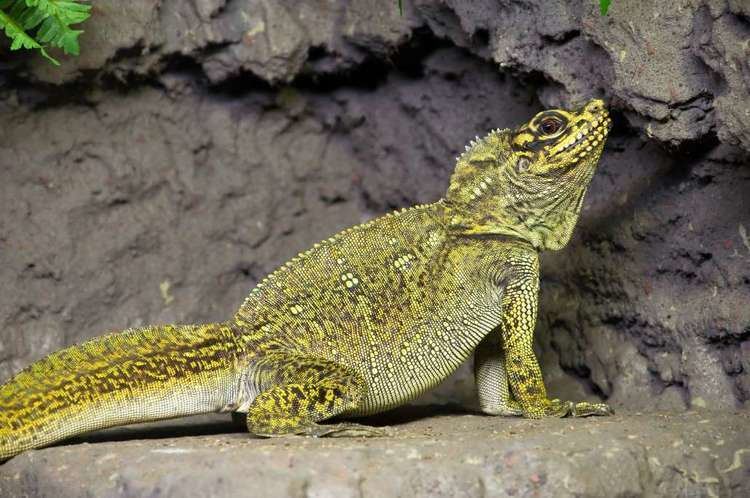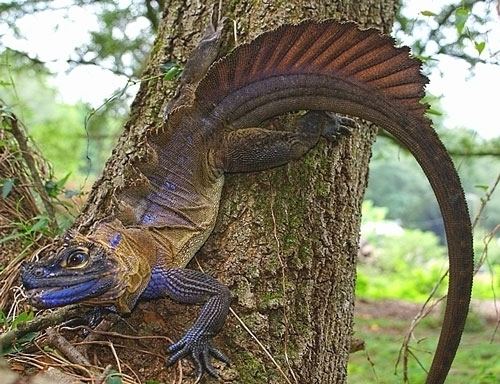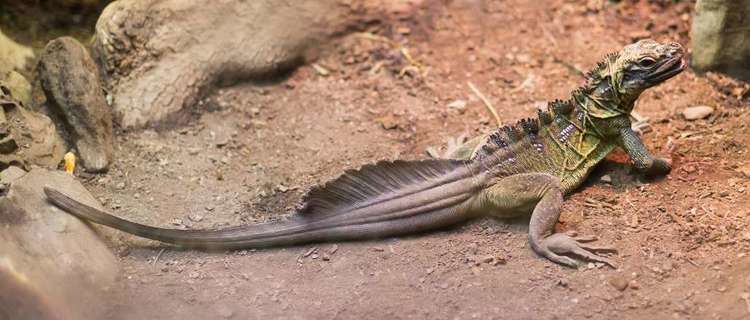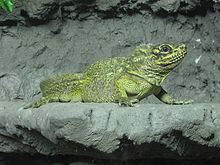Kingdom Animalia Suborder Iguania Subfamily Hydrosaurinae Scientific name Hydrosaurus pustulatus Higher classification Hydrosaurus Order Scaled reptiles | Subphylum Vertebrata Family Agamidae Genus Hydrosaurus Phylum Chordata Rank Species | |
Similar Hydrosaurus, Reptile, Hydrosaurus amboinensis, Weber's sailfin lizard, Agamidae | ||
Doc nielsen captures more footage of the philippine sailfin lizard born to be wild
The Philippine sailfin lizard, crested lizard, sail-fin lizard, sailfin water lizard, or soa-soa water lizard (Hydrosaurus pustulatus) is an oviparous lizard living only in the Philippines.
Contents
- Doc nielsen captures more footage of the philippine sailfin lizard born to be wild
- Conservation
- Sailfin lizards in captivity
- References

The Philippine sailfin lizard is an excellent swimmer and has flattened toes that enable it to run across water. It is omnivorous, feeding on fruit, leaves, flowers, insects, and small animals . It lives near rivers in the tropical forests of the Philippines. Males have a larger crest on their back than the females. The males also show a violet color as they grow older. Females are less colorful.

The Philippine sailfin lizard lives mainly beside water, e.g., rivers, riverbanks, rice-fields, etc., as these lizards love to swim. The adults may reach up to a metre in length. Due to confusion with H. amboinensis, the exact distribution in the Philippines is uncertain, but northern populations are generally considered H. pustulatus and southern considered H. amboinensis.

Conservation

Sailfin dragons have now been classified as Vulnerable by the IUCN. Their main threats are habitat loss, being hunted for food, and collection for the pet trade.
Sailfin lizards in captivity

Philippine sailfin lizards were commonly available in the United States during the 1990s, but today they are now rare and expensive in the United States (costing about $650 for a captive bred juvenile). Breeding in captivity has only been done in a few cases.
But because it is common in many parts of the Philippines, the pet trade in many regions still continues and some are even unrecognized by the government.
